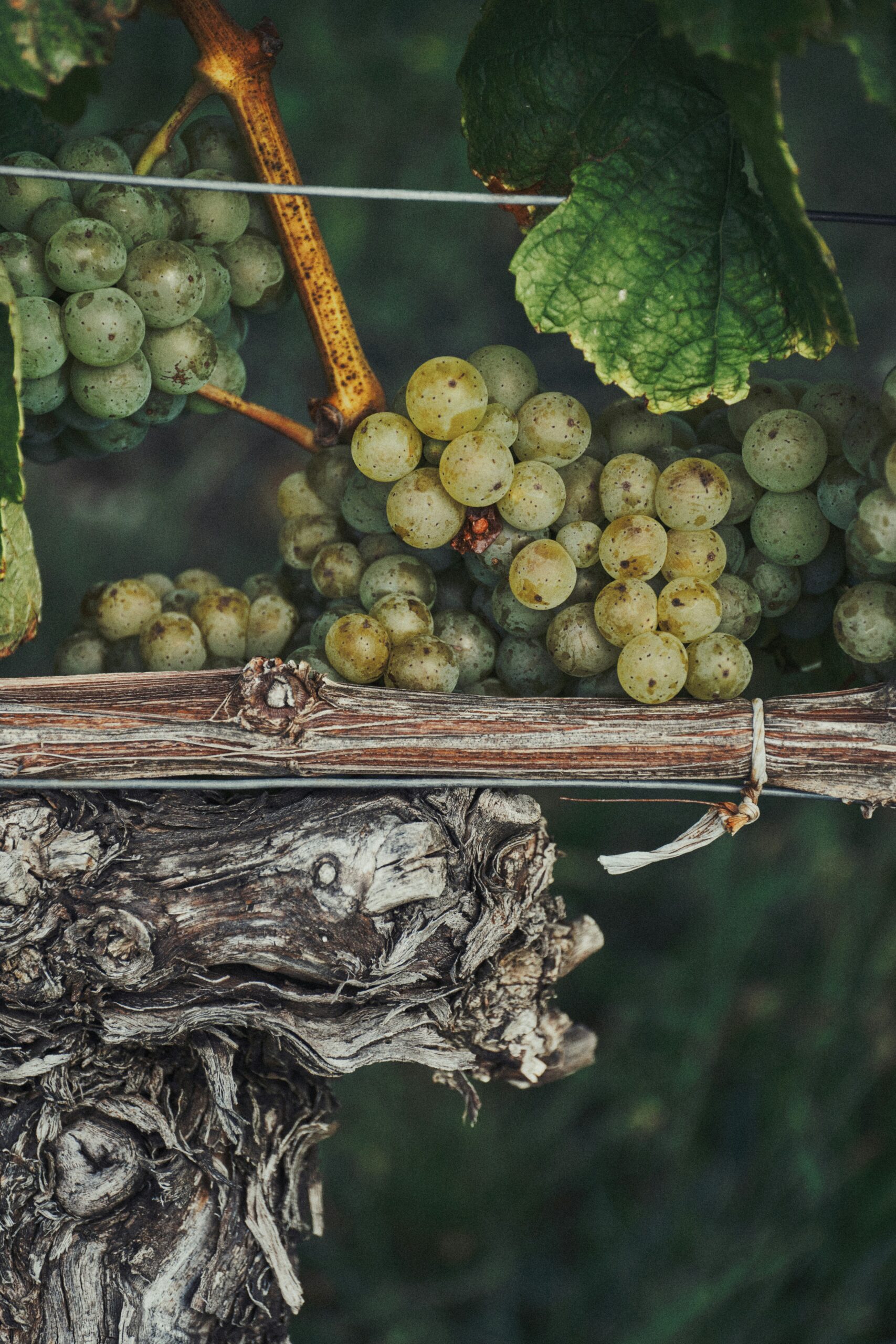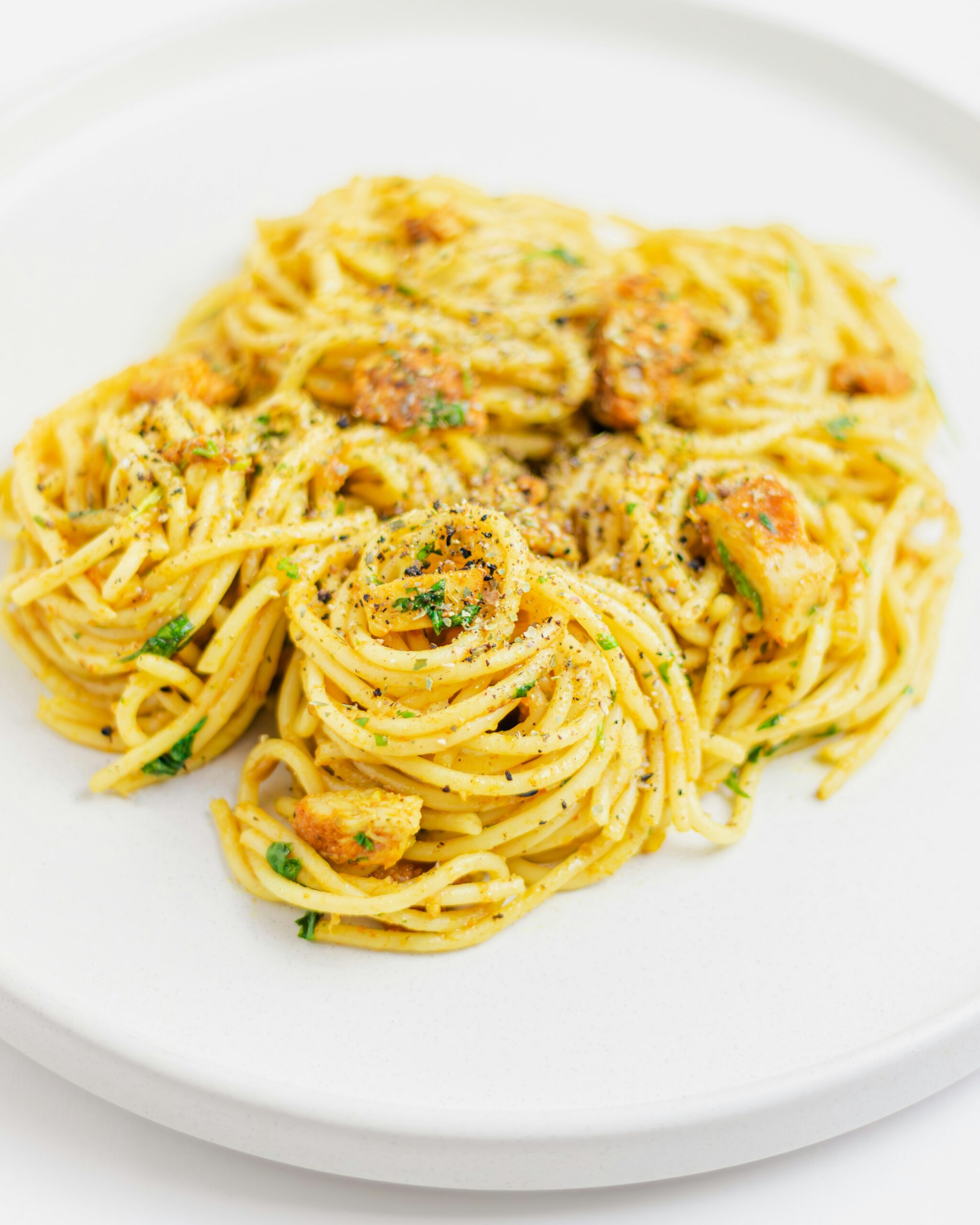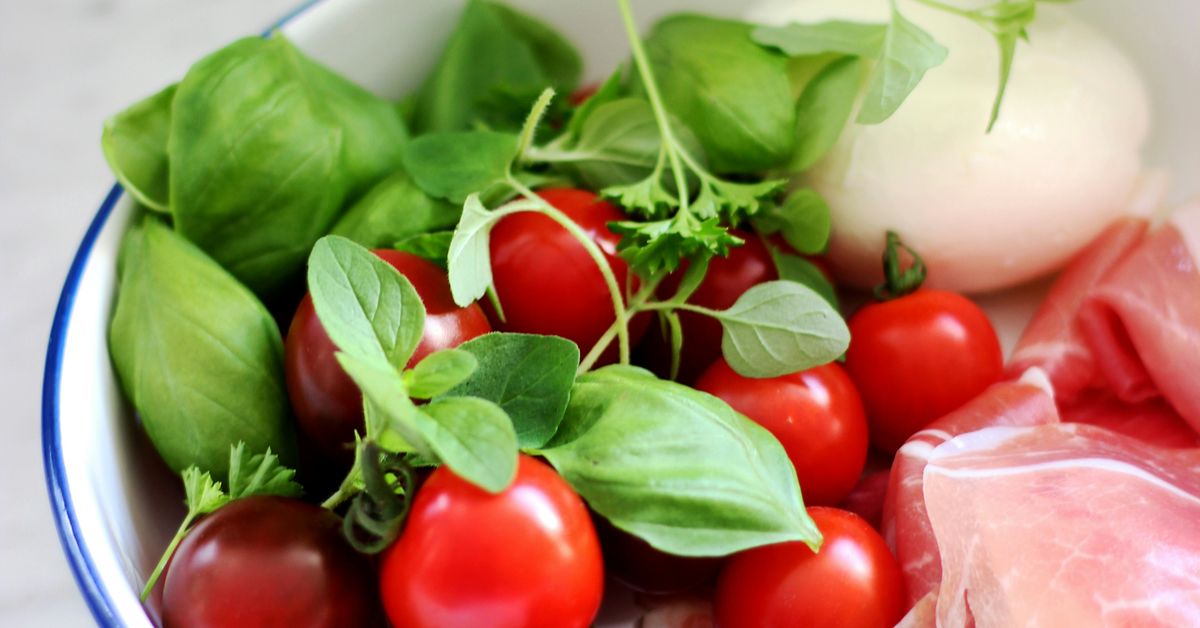Savor the Flavors of Traditional Dishes Passed Down Through Generations
Food has an uncanny ability to evoke memories, transport us to distant places, and bring people together. It’s not just about sustenance; it’s about stories, traditions, and love. Some dishes carry with them the weight of history, passed down through generations, each bite a reminder of family gatherings, celebrations, or even the simple comfort of home. The flavors of these traditional dishes are often infused with personal anecdotes, cultural significance, and a sprinkle of nostalgia. In this exploration, we delve into the essence of traditional cuisines, their origins, and the stories they tell—a culinary journey that connects the past with the present.
The Roots of Traditional Cuisine
Before we dive into specific dishes, it’s worth pondering: what exactly makes a dish “traditional”? More often than not, it’s about the ingredients, the methods of preparation, and the cultural heritage behind it. Each region of the world boasts its own traditional dishes, shaped by local resources, historical events, and cultural exchanges.
Take, for instance, the Italian risotto. Originating from Northern Italy, particularly the Lombardy region, risotto was born out of necessity. Farmers and laborers needed a hearty yet simple meal that could sustain them through long days. The creamy texture of the dish comes from the slow cooking of arborio rice, which releases starch. (Fun fact: it’s almost like a labor of love, requiring constant attention!) Each family often has its own secret variations, passed down like a beloved heirloom.
Family Heritage on a Plate
For many, cooking traditional recipes is akin to preserving family heritage. I can still remember the aromatic scent of my grandmother’s chicken pot pie wafting through the house on chilly Sundays. This dish wasn’t just a meal; it was a ritual—an event that brought the family together, each of us contributing in some small way. My sister was in charge of rolling out the dough (often with more flour on her face than on the counter), while I would chop the vegetables with a mix of enthusiasm and clumsiness.
These experiences underscore a critical point: traditional dishes often represent more than just their ingredients. They encapsulate family traditions, regional pride, and even the evolution of societal norms over time. For instance, the humble shepherd’s pie has its roots in the British Isles, evolving from a practical way to use leftovers to a beloved comfort food, enjoyed by families across generations.
The Cultural Significance of Food
Food has always played a pivotal role in cultural identity. Each bite can tell a story of migration, adaptation, and survival. This is especially true for immigrant communities, where traditional dishes often serve as a culinary bridge between old and new worlds. For instance, consider the Mexican mole—a rich sauce made from a combination of ingredients including chilies, chocolate, and spices. It’s often served during celebrations, signifying the blend of indigenous and Spanish influences that define Mexican cuisine.
Rediscovering Ancestral Flavors
As globalization continues to shape our eating habits, there’s been a growing interest in rediscovering these ancestral flavors. Chefs and home cooks alike are digging through old family cookbooks, seeking to revive forgotten recipes that tell stories of resilience and creativity. This trend not only honors the past but also enriches the culinary landscape of today.
In this context, the rise of “slow food” movements promotes local ingredients and traditional cooking methods, encouraging people to take pride in their culinary heritage. (I can’t help but smile when I think of my friend’s attempt to recreate her grandmother’s secret bolognese sauce, which turned into an all-day affair filled with laughter and a few accidental spills.)
Celebrating Diversity Through Traditional Dishes
Across the globe, diverse cultures celebrate their uniqueness through traditional dishes. From the spicy curries of India to the delicate sushi of Japan, each cuisine offers a glimpse into a community’s history and values. It’s fascinating how food can serve as a unifying force. During my travels, I’ve often found myself seated at dinner tables where strangers become friends over shared meals—each bite igniting conversations that transcend language barriers.
Regional Influences on Traditional Dishes
Regional ingredients significantly influence traditional dishes. In Southern Italy, the abundance of tomatoes and olive oil shapes the cuisine, leading to the creation of robust sauces and flavorful pastas. Meanwhile, in Northern Italy, polenta and risotto reign supreme, largely due to the region’s agricultural climate. It’s almost poetic how the land itself dictates what’s on the plate.
Consider the classic French coq au vin. This dish, which literally translates to “rooster in wine,” showcases the French love for rich flavors and slow cooking. Originally a peasant dish, it has evolved into a staple of French cuisine, representing the country’s culinary sophistication. Yet, it still retains that humble essence, reminding us of simpler times when meals were crafted with care and communal spirit.
Preserving Culinary Traditions in Modern Times
As we navigate through the complexities of modern life, preserving culinary traditions becomes increasingly important. In a world dominated by fast food and instant meals, many families are fighting to keep their culinary heritage alive. It’s not just about the food itself; it’s about the stories, the love, and the memories that come with it.
Modern Adaptations of Traditional Recipes
Interestingly, traditional dishes are not stagnant. They evolve over time, adapting to new tastes and dietary needs. Take the classic Jewish matzo ball soup, for instance. Traditionally made with chicken broth and matzo meal, some contemporary versions experiment with gluten-free options or incorporate new flavors like lemongrass or ginger. These adaptations retain the original spirit while inviting innovation.
Moreover, the resurgence of plant-based diets has inspired many to reimagine traditional recipes. Vegan versions of beloved comfort foods—like mac and cheese or shepherd’s pie—are popping up everywhere, demonstrating that culinary traditions can adapt without losing their essence. (I once tried a vegan rendition of lasagna that was so delicious, I nearly forgot it didn’t contain cheese!)
The Role of Food in Building Community
Food has an incredible power to build community. Whether it’s through potlucks, food festivals, or communal cooking classes, shared dining experiences foster connections between people. Many communities celebrate their cultural heritage through food-centric events, promoting understanding and appreciation of diverse traditions.
Food Festivals and Cultural Celebrations
Take, for instance, the annual San Diego Bay Wine + Food Festival, which showcases culinary talent from around the region while honoring local traditions. Events like this not only highlight the diversity of flavors but also create a space for chefs, home cooks, and food enthusiasts to come together, exchange ideas, and share their passion for food. (I’ve attended my fair share of food festivals, and let me tell you, they’re a culinary adventure worth embarking on!)
Another example is the annual La Tomatina festival in Spain, where locals and tourists alike gather for a massive tomato fight, symbolizing the country’s agricultural roots and community spirit. While this may seem like a quirky event, it highlights how food can unite people in joyous celebration, transcending boundaries.
Passing Down Culinary Knowledge
As we explore the flavors of traditional dishes, it’s essential to acknowledge the role of culinary knowledge transfer. Whether through formal culinary schools or informal family gatherings, the passing down of cooking techniques and recipes is vital for keeping traditions alive. Elders often take on the role of mentors, sharing their culinary wisdom with younger generations—instilling in them a sense of pride and responsibility.
Cooking as a Form of Storytelling
Cooking is often likened to storytelling. Each ingredient has its own backstory, and each technique has its roots in history. When we cook traditional dishes, we’re not merely preparing food; we’re participating in a larger narrative that spans generations. It struck me that when my mother taught me how to make her famous apple pie, she wasn’t just teaching me a recipe; she was sharing a slice of our family history—complete with stories of my great-grandmother who used to bake it for special occasions.
This act of storytelling through cooking reinforces intergenerational bonds and keeps memories alive. Many families have their own rituals surrounding food preparation—like making tamales during the holidays or baking bread on Sundays. These traditions instill a sense of belonging and continuity, creating a tapestry of flavors that defines family identity.
Conclusion: A Culinary Journey Worth Savoring
As we conclude this culinary exploration, it’s clear that traditional dishes are more than just food; they are the embodiment of culture, history, and love. They remind us of our roots, our family bonds, and the communities we belong to. In a world that often feels disconnected, these flavors ground us, connecting us to our past while inspiring future generations.
So, the next time you sit down to enjoy a traditional dish—whether it’s a bowl of comforting pho or a slice of decadent baklava—take a moment to appreciate the stories behind it. Savor the flavors, embrace the memories, and perhaps even consider passing it down to the next generation. After all, food isn’t just nourishment; it’s a legacy waiting to be shared.




